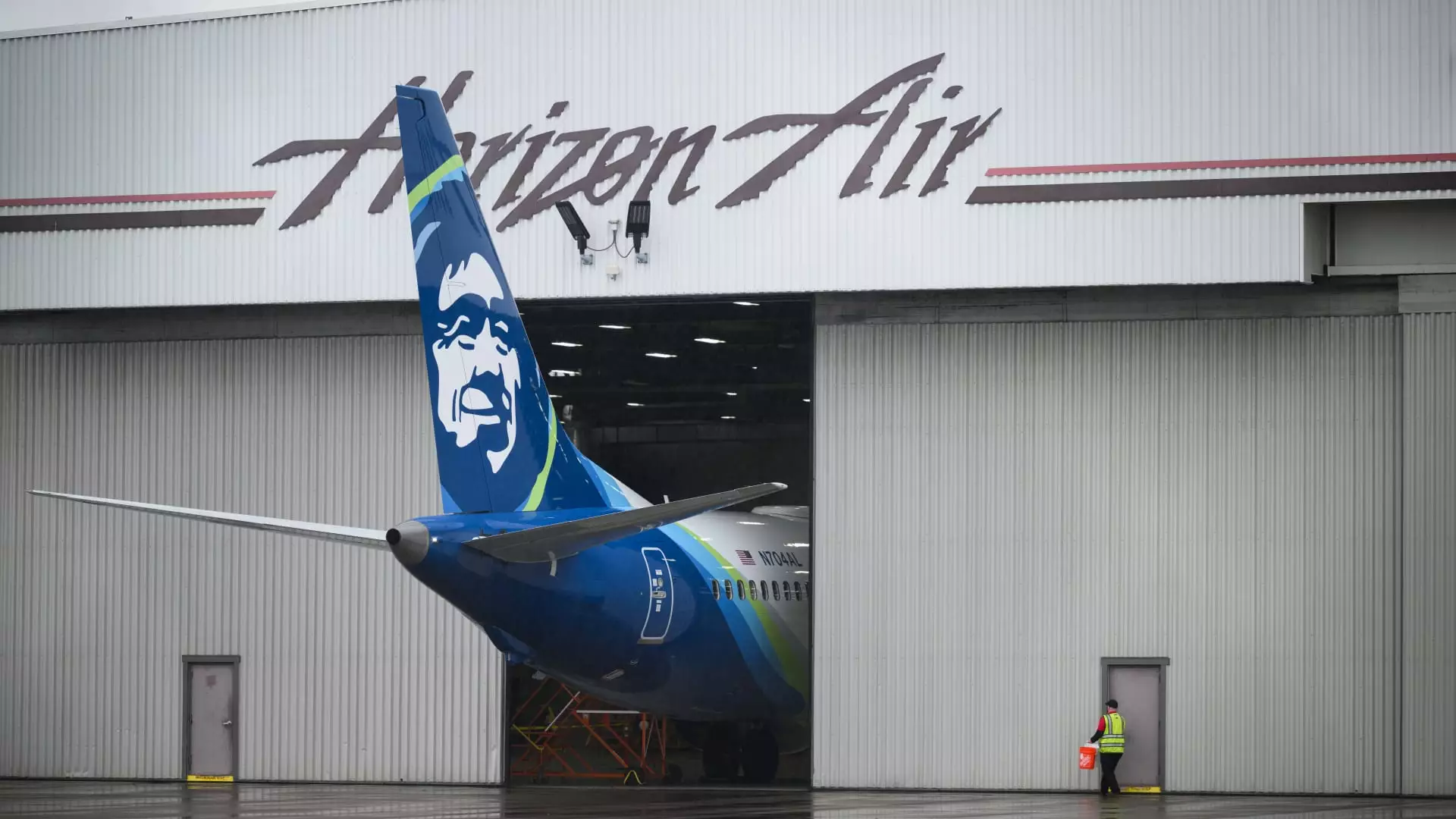The Federal Aviation Administration (FAA) has made a significant decision regarding Boeing’s 737 Max aircraft production. While the FAA has stopped Boeing’s planned expansion of its 737 Max production, it has given the green light for the manufacturer’s Max 9 to return to service. This decision comes after a door plug blew out during an Alaska Airlines flight, prompting concerns over quality control issues. In this article, we will explore the FAA’s decision, its implications for Boeing, and the steps the company must take to address the identified issues.
FAA Administrator Mike Whitaker expressed his concerns regarding Boeing’s production expansion, stating that it will not be approved until the quality control issues are resolved. This decision is a clear indication that the FAA is prioritizing safety over Boeing’s desire to meet the increasing demand for aircraft after the Covid-19 pandemic. Whitaker emphasized the need for Boeing to cooperate fully and transparently with the FAA, following their directions to strengthen safety and quality. Boeing’s statement reflects its willingness to comply with the FAA’s requirements, but the company must prove its commitment through action.
The grounding of the 737 Max 9 planes affected United Airlines and Alaska Airlines, the two U.S. carriers operating these aircraft. Both airlines were forced to cancel numerous flights due to the fuselage panel blowing out during a flight. However, with the FAA’s approval of inspection instructions for the Max 9 aircraft, airlines can now review their fleets and determine whether the planes are airworthy for service. Alaska Airlines announced its plan to resume 737 Max 9 flights, progressively adding more planes as inspections are completed. Similarly, United Airlines intends to reintroduce these planes into service starting on Sunday, prioritizing thoroughness, safety, and compliance throughout the process.
In the wake of recent manufacturing flaws on Boeing aircraft, including the incident with the Alaska flight, the CEOs of Alaska Airlines and United Airlines expressed their frustrations with Boeing. These incidents have raised concerns about the overall manufacturing processes at Boeing and the need for more stringent quality assurance systems. The FAA’s investigation into Boeing’s production lines is ongoing, and Whitaker has stated that the agency will maintain a physical presence at Boeing’s factory until they are confident in the effectiveness of the quality assurance systems. This direct inspection approach signifies a shift towards more thorough oversight.
The FAA’s decision to halt Boeing’s 737 Max expansion while allowing the Max 9 to return to service reflects the agency’s commitment to ensuring safety and quality control in aircraft production. It sends a clear message to Boeing that they must address the identified issues before seeking further production expansion. The impacted airlines, Alaska Airlines and United Airlines, are gradually reintroducing the 737 Max 9 planes into service, prioritizing safety and compliance. With the ongoing investigation and the FAA’s direct inspection approach, Boeing faces significant pressure to strengthen their manufacturing processes and regain trust in their products. Only time will tell if Boeing can successfully address the identified issues and restore confidence in their aircraft.


Leave a Reply